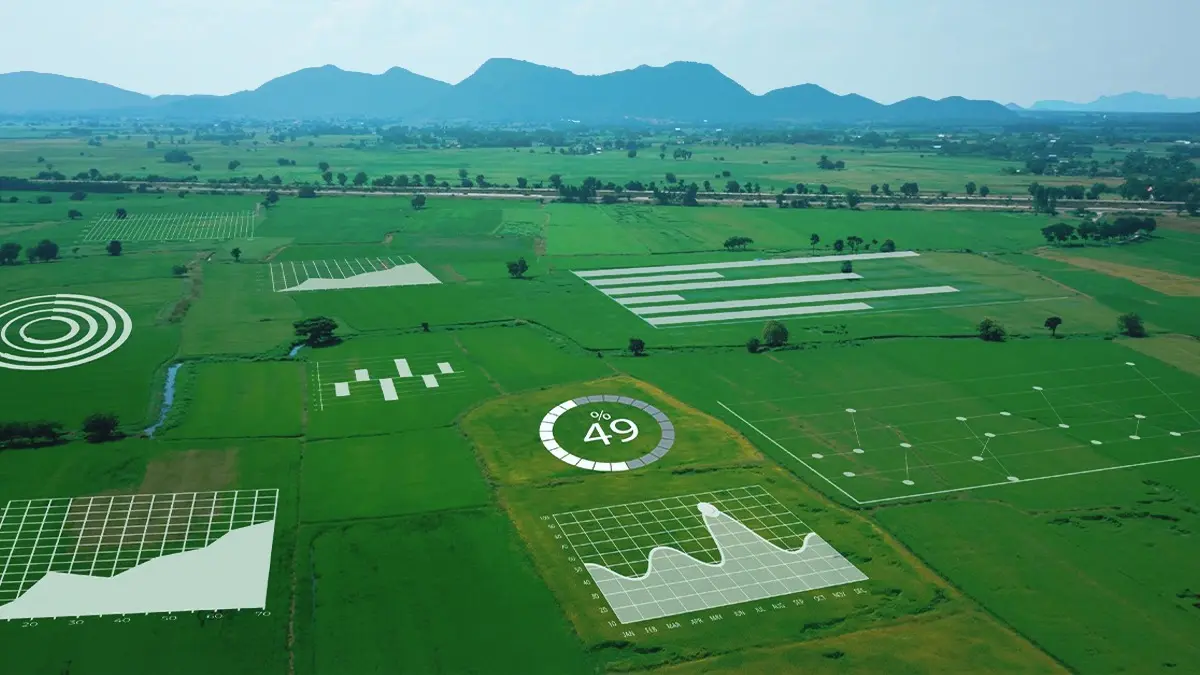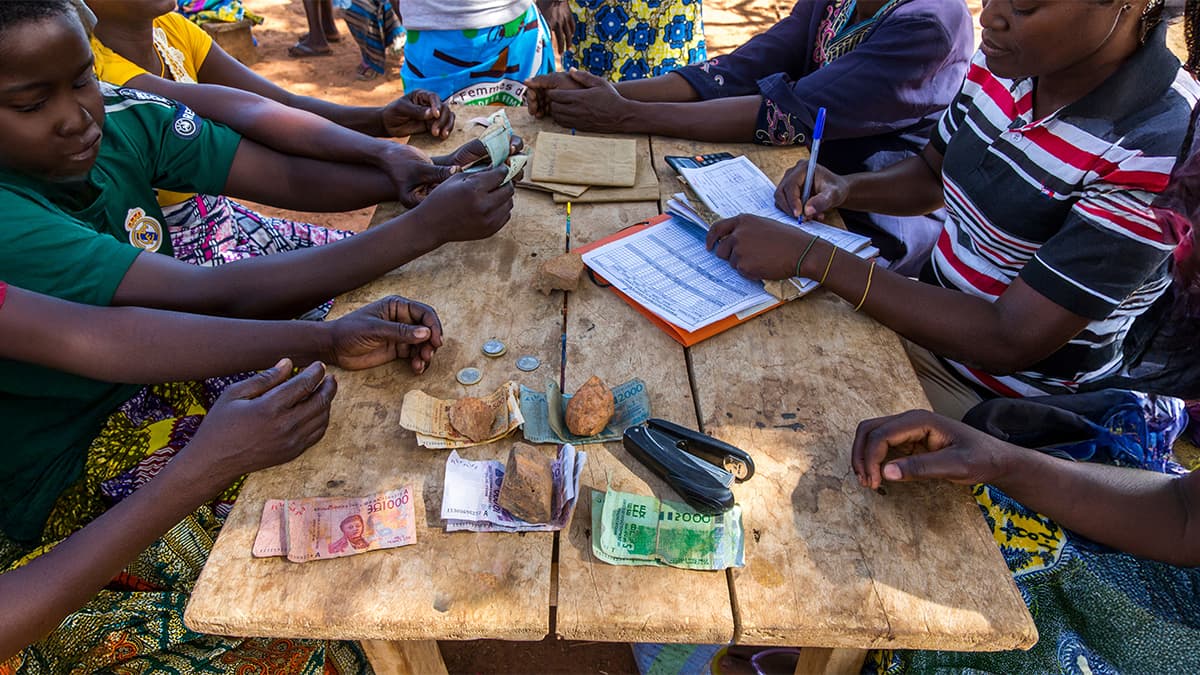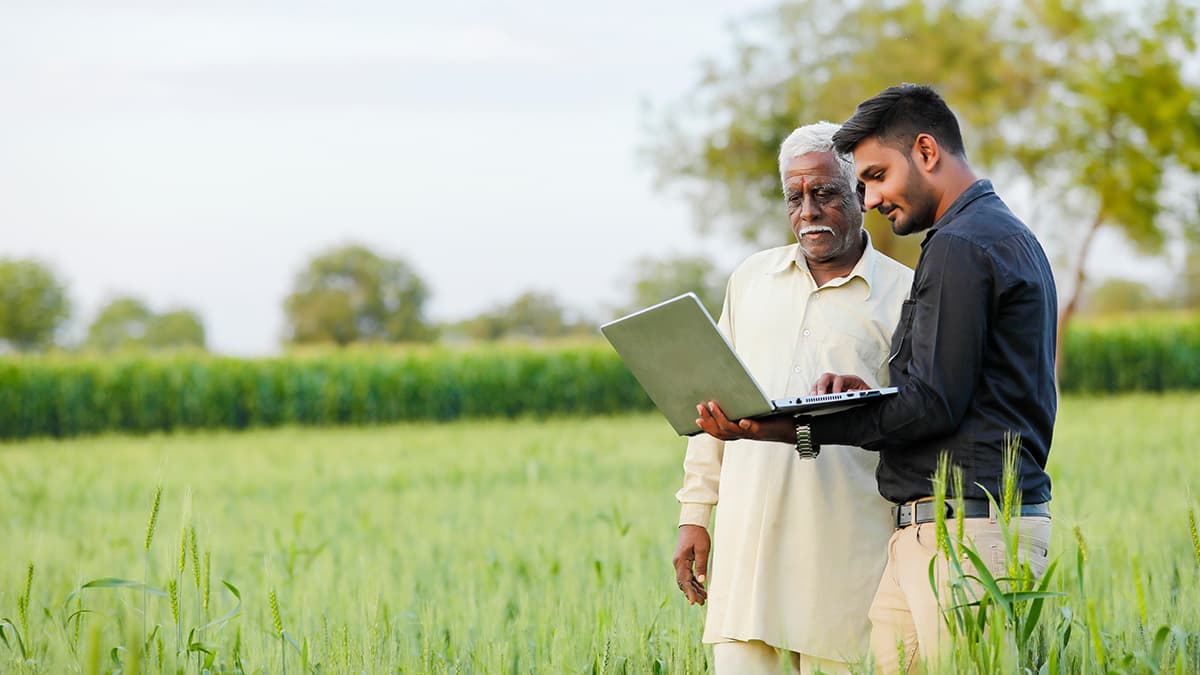
Today, the wave of digital transformation is buffeting the shore of almost every sector. Agriculture is no exception. The landscape of farming is veering to 'digital agriculture', which is about sourcing and leveraging the correct data and building insights out of it for transformative outcomes. Digital agriculture is characterized by the confluence of different agriculture technologies (also called AgriTech) like robotics, drone technology, weather monitoring via satellite imagery and precision application of water and chemicals. Since data is central to changing the culture of agriculture, the farms and farmers will need Smart sensors, satellite imagery, and other cloud-based technologies for recording data during crop planting, harvesting, maximizing production output, and checking the anomalies on ground. The use of these smart technologies in tandem has given rise to ‘connected agriculture’, the market for which is expected to grow by $3.61 billion from 2021 to 2026.
Lack of Ground Truth Data- Why Digital Integration Alone Won’t Suffice
The lack of accurate and timely ground-level data on crop yield, which is a barometer of crop harvest, can contribute to an agrarian crisis. The conventional methods of data capture lean heavily on averaging and approximation, leading to poor estimation, false representation and inaccuracy of crop yield. The next worry for farmers and other stakeholders is the post-harvest challenge of procurement.
Many governments have digitized the farm-to-fork chain, creating farm registries and integrating them with the land records database to ensure the benefits go to authentic farmers. However, this digital integration has not proved to be a cure-all.
To illustrate, the actual status of land may not be similar to what is registered on papers. A patch of forest land can be registered as farmland. This data mismatch gives the scope for traders and intermediaries to manipulate data and avail the benefits of the MSP (Minimum Support Price) regime, which ought to have gone to farmers. Picture the scene of Indian agriculture- a sector that supports the livelihoods of 60 per cent of the population has 82 per cent small or marginalized farmers with limited access to high-end technology.
CSM’s Crop One=Tapping Hyper-Local Data
Crop analytics can provide state authorities with end-to-end visibility into farms and farmers through accurate and timely data. Moreover, it makes it possible to identify true beneficiaries and maximize the impact of interventions in the agricultural sector.
CSM Technologies has developed “CSM CropOne” - a tech-enabled solution that promises to usher in the next wave of procurement reforms and transform agriculture outcomes with the right data mining. The solution uses satellite imagery to capture granular data about farm plots. Designed for both centralized and decentralized crop procurement systems, this system can work in conjunction with automated crop procurement systems.
The solution is split into three components: Crop Mapping offering unmatched visual control with filters using Hi-Resolution Satellite imagery, Land Monitor & Survey that tabulates and aggregates data from automated procurement systems and field surveys and Crop Analytics. CSM’s CropOne that amalgamates multiple technologies offers benefits like:
- Anomaly Tracker: Detects anomalies in yield at the end of a crop season via optical image analysis.
- Trend Analysis: Find scientific patterns in land & farmer registration through Land Analytics.
- Improve Transparency: Improves farmer registration, fixes more optimal procurement targets & helps procure more from eligible farmers.
- Efficient Traceability: Gives an accurate picture of crop traceability and the farmer producing it by tracking the critical data on crops received by millers
- Effective Monitoring: Empowers the state authorities to have end-to-end visibility on farms and farmers.
- Maps Target Beneficiaries: Can enlist genuine beneficiaries and enhance outcomes of farm policy interventions
An essential step towards improving agricultural production and systemic resilience is the widespread use of more accurate, timely and applicable crop analytics. It enables farmers to make prudent farm management decisions. It can also form the foundational premise for governments to craft better and outcome centric policies, targeting the intended beneficiaries.


























































We will verify and publish your comment soon.